Studies show that that ensiled grain have greater starch digestibility than unfermented grains. Now we know why, and what to do about it.
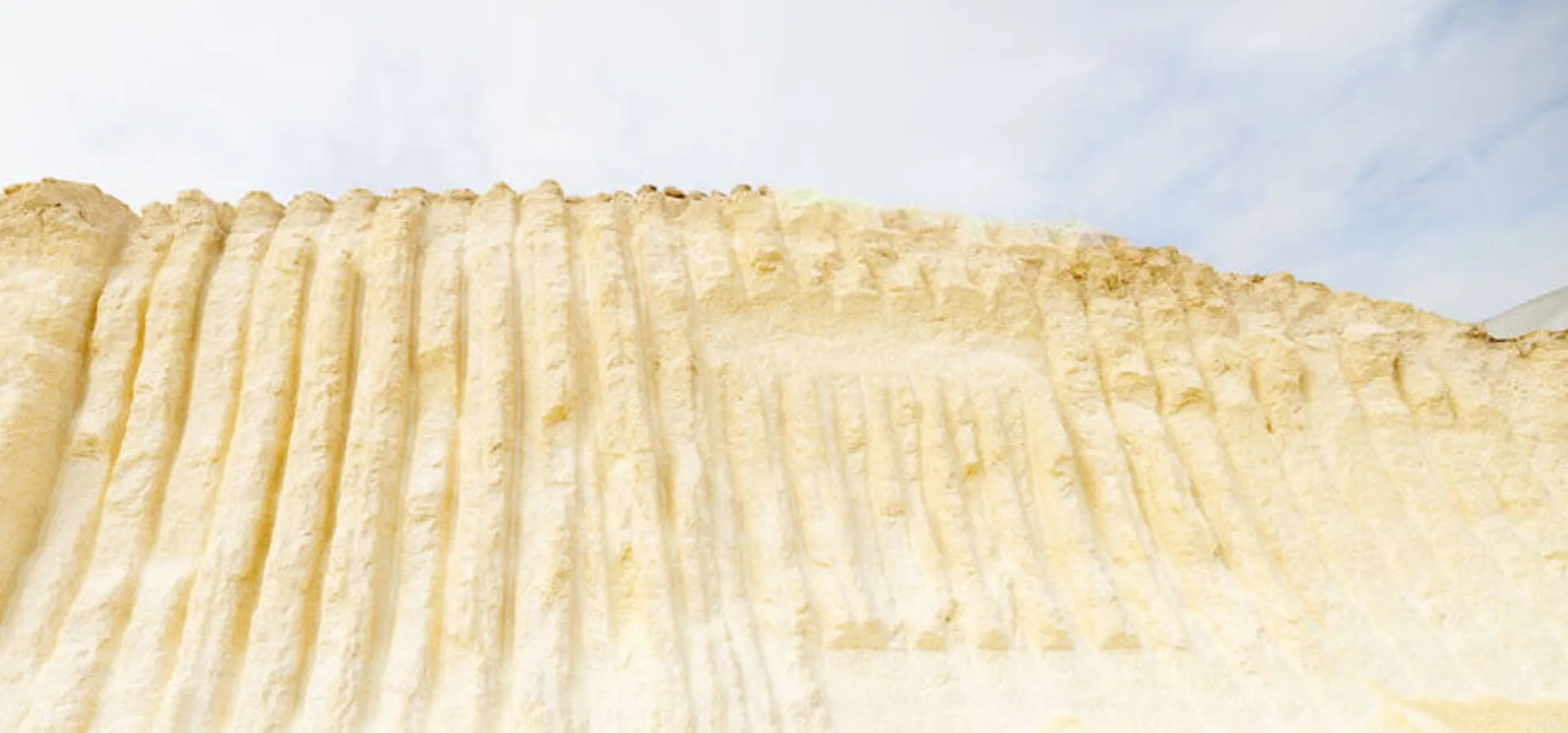

Revelations About Lower Starch Digestibility in Silage
Studies show that that ensiled grain have greater starch digestibility than unfermented grains. Now we know why, and what to do about it.
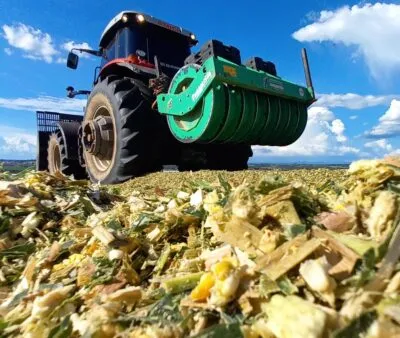
Proper Kernel Processing is Key for Digestible Silage
To fully unlock your silage’s nutritional value, you need to process your kernels properly. Here’s why and how!

How to Work with Drought-stressed Corn Silage
Maintaining proper moisture levels all season long can be the difference between a good yield and a bad one!

Why Plant and Feed Sorghum?
If you plant forage in hot or dry climates, you should consider sorghum. Here’s why!
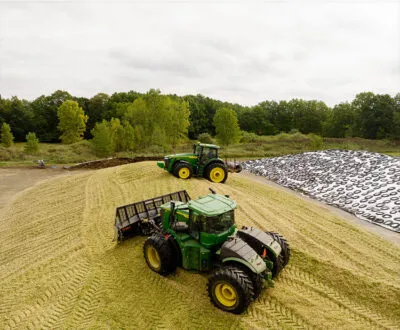
Pile Design and Management for Optimal Feedout
Perfect silage feedout management starts with your pile design. The shape and size of your pile help you to minimize losses at feedout by allowing optimal feedout rate, limiting oxygen penetration in the silage mass and keeping it cool and clean.
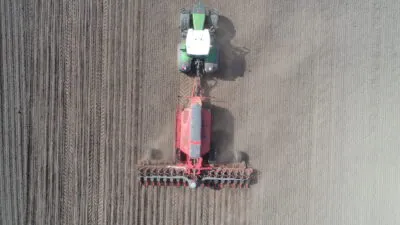
What To Consider When Planting Corn
Corn silage is the most important energy source in dairy rations in the US. The stover fraction of the plant provides mostly digestible fiber and physically effective fiber, which is essential for rumen health and function. The kernel fraction provides mostly starch, an energetic dense nutrient that boosts milk production.
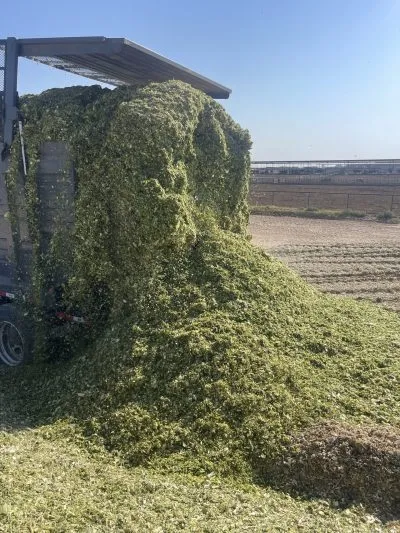
Prioritize Quality When Chopping Corn Silage
Don’t waste a good growing season by chopping your silage at the wrong time. Maturity at harvest is one of the biggest indicators of a successful crop. Here are some tips on how to know when to harvest your silage for maximum nutrition.
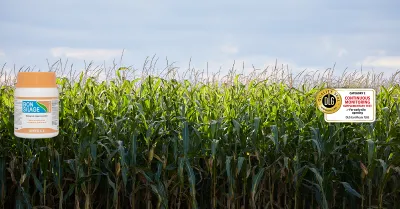
BONSILAGE SPEED C is a German award winner
BONSILAGE SPEED C, our premium inoculant, was recently honored by the German Agriculture Society, a leading technical progress organization in the German agricultural and food sector. Read more about the honor here.

Nothing Beats a Good Cover
Protect your silage harvest with a good plastic cover. Here’s why: A high-yielding harvest is the ideal goal for any farmer, but when it comes to silage, harvest is only half the battle. Once you have your pile planned and in place, you need to keep your silage safe and nutritious for your animals. Using the proper covering is the primary way to do so.
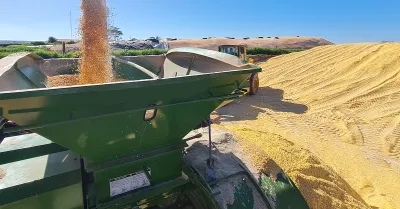
NAFB: Best Practices for High-Moisture Corn Management
High-moisture corn offers many benefits to producers, but there are a few key factors to keep in mind if you incorporate it on your farm. Forage Specialist, Caitlin Mellinger, joins NAFB to share tips for high-moisture corn.
Schedule an expert consultation
